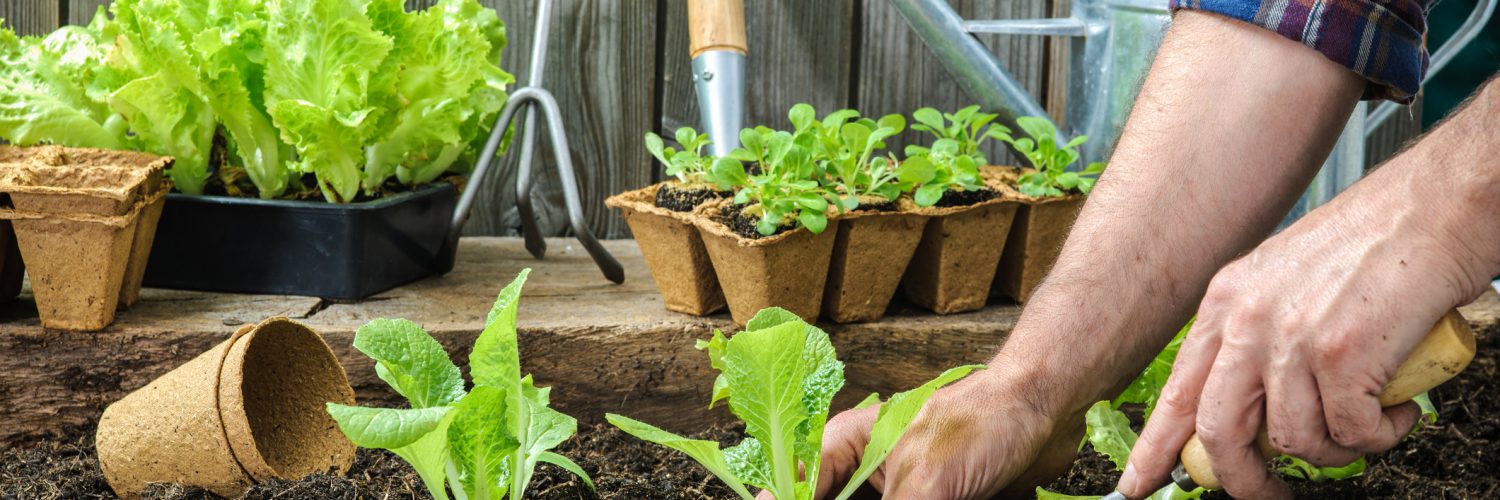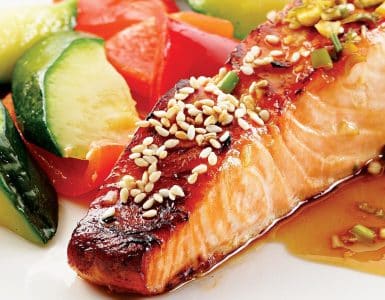Whether you live in a small apartment in the city or have a big backyard in the suburbs, it’s possible to set up a garden where you can grow delicious, nutritious foods for you and your family to enjoy while saving money at the grocery store.
Spring is a great time to begin gardening, and there are a few questions to ask yourself when planning what to plant and how to get started:
What is my climate? Depending on your local climate, there are a variety of fruits, vegetables and herbs that can thrive in your garden. If you’re unsure, visit your local garden center to talk to an expert about what might do well in your area. For example, melons and squash do well in dry, hot areas, while lettuces and other greens prefer cooler, wet regions.
How much space do I have? If you have a big backyard, the sky is the limit when it comes to the size and variety of your garden plot. But that doesn’t mean you can’t have a garden if you live in an apartment or have a small (or even nonexistent!) yard. Window boxes or large planter bowls can be grown on patios, balconies, or even inside. Your local garden center can steer you toward plant varieties that do very well in containers. Your neighborhood may also have a community garden where you can rent and garden a small plot for the season. Find one near you here.
How much time do I have? To yield the most produce, gardens need to be well-tended. That means they need to be watered, weeded, and harvested on a regular basis. How much time do you have to commit to these tasks? Smaller gardens generally require less time than bigger gardens. Before you start creating your garden, realistically consider the amount of time you are able to give to your garden. Let your time commitment be one important factor when choosing what size garden to create. You can also ask your local garden center experts about high versus low maintenance plants to help pick which varieties are best suited to your schedule.
What plants do I want, and how much sun do they need? It’s also important to think about the type of plants you want to grow, how many of each, and how much space they need. Most plants or seeds have this information on their packaging, or you can ask an expert at your local garden center. Remember to check how the sun hits your planned garden as well. If the area is shaded most of the day, sun-loving plants may not thrive.
Looking for further inspiration? You can read more gardening tips here and here.
Happy gardening, and bon appetit!



